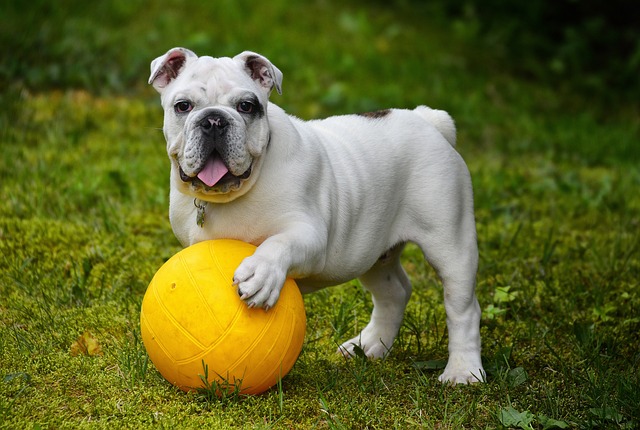
How can I tell if my dog's heatstroke is serious
Let’s be real: It’s a sticky August morning in Los Angeles, and you took your 2-year-old Golden Retriever, Max, for a walk a little later than usual
Cutting a dog’s nails when the quick stays hidden can feel like solving a puzzle with fuzzy edges. The quick, that sensitive bundle of nerves and blood vessels, varies in length—shorter in active dogs who wear down nails naturally, longer in pups who spend more time indoors. Start with the right tools: a sharp, blunt-tipped clipper works better than dull ones, which can crush nails and hurt even if you miss the quick. Hold the paw gently, supporting it from below to keep your dog steady, and angle the clipper slightly away from the toe pads.
Trim just the very tip—about the width of a credit card—each time. If your dog has light-colored nails, you might spot a faint pink shadow near the center; that’s your warning. Dark nails are trickier, but a tiny white ring at the tip often means you’re safe. Pause after each snip to check for signs of discomfort: a flinch, whimper, or pulling back. Stop immediately if you see a dot of blood—applying styptic powder (keep some handy) can stop it, but remember, repeated cuts too close might violate local animal welfare guidelines, which prioritize avoiding unnecessary harm.
 Dogs pick up on tension, so keep the mood calm. Spend a few days acclimating them: touch their paws during play, reward with a little treat after each quick paw inspection. If they squirm, take a break—10 seconds of calm is better than a minute of struggle. Some owners swear by filing after clipping to smooth rough edges; it’s gentler and gives you more control, especially with thick nails.
Dogs pick up on tension, so keep the mood calm. Spend a few days acclimating them: touch their paws during play, reward with a little treat after each quick paw inspection. If they squirm, take a break—10 seconds of calm is better than a minute of struggle. Some owners swear by filing after clipping to smooth rough edges; it’s gentler and gives you more control, especially with thick nails.
Outdoor dogs might wear nails down naturally on walks, but even then, dewclaws (those little nails on the inside of their legs) rarely touch the ground and need regular checks. Neglecting them can lead to overgrowth, which might curl into the paw pad—a painful issue that could require veterinary care, and in some regions, letting that happen might raise flags with local animal welfare authorities.
If you’re still nervous, there’s no shame in asking for help. Veterinarians, groomers, or even certified dog trainers can show you techniques tailored to your dog’s breed and temperament. They’ll notice things you might miss, like how a dog’s nail shape changes with age or activity level. Most importantly, they’ll reinforce that patience matters more than speed—your dog’s trust is worth the extra time.
Safe nail care isn’t just about avoiding cuts; it’s about keeping your dog comfortable enough to walk, run, and play without pain. With slow, steady steps and a focus on their comfort, you’ll both get the hang of it. And when in doubt, professional guidance is always a smart move.

Let’s be real: It’s a sticky August morning in Los Angeles, and you took your 2-year-old Golden Retriever, Max, for a walk a little later than usual

You're enjoying a summer afternoon at the park when you notice your dog has stopped panting and appears disoriented - their gums are bright red

Let’s paint the picture: You’re in your Denver apartment, watching your 4-year-old Boston Terrier, Ruby, plop down mid-play session with her favorite toy

Many dog owners notice their pets nails seem shorter after regular walks,but how much does this daily activity actually help?The answer depends on where you walk—concrete sidewalks or asphalt streets gently file nails as a dog's paws hit the ground

Most dog owners notice their pup scooting across the carpet at some point, but few connect it to impacted anal glands. These small sacs near a dog’s rectum secrete a scent for marking territory

Most vets agree that regular dog teeth cleaning is key to avoiding painful dental issues later. For healthy adult dogs, a professional cleaning at the vet’s office every 12 to 18 months usually works well.